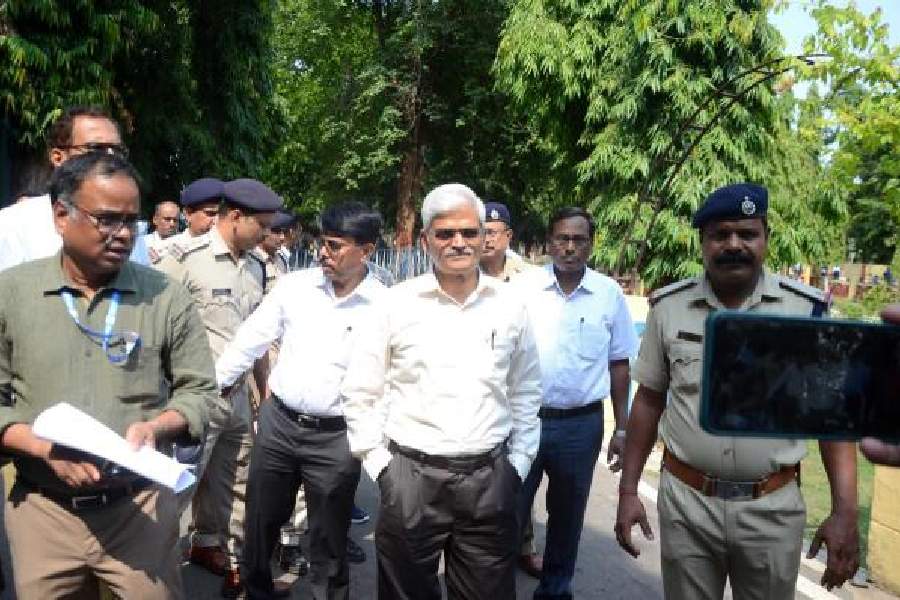At least 22 migrant labourers from South 24-Parganas were killed in the triple-train crash in Odisha, which is a testament to the lack of employment opportunities in the district.
The 22 were among the 62 Bengal residents whose deaths were recorded till Sunday evening.
Family members of the deceased labourers said the district always suffered from joblessness because of the absence of any industry. They said the problem had aggravated after projects under the 100-day job scheme had come to a halt last year.
South 24-Parganas has a population of over 88 lakh according to the last census.
“Most migrants from Bengal work in construction or agricultural sectors in southern states like Tamil Nadu, Kerala and Andhra Pradesh,” said a senior district official.
Sources said South 24-Parganas ranked at the top of the table of Bengal districts with the highest number of deaths in the Balasore tragedy. Besides, a sizeable number of people from the district are still missing and their family members are running from pillar to post to get information on their near and dear ones.
“It is an unbearable situation...,” said Sanchita Mondal of Chharankheli village in South 24-Parganas, where six of her neighbours were killed in the train accident.
“We don’t have a scope of assured income here or a way to earn a decent living. But we, too, need money to survive. So, we are left with no option but to try our luck outside,” she added.
Large parts of the district in subdivisions like Canning, Diamond Harbour and Kakdwip are part of the Sunderbans delta. The region not only suffers from the problem of regular inundation of farmland with saline sea water, which reduces productivity, but has also a lack of amenities because of inaccessibility.
“We have to live with floods and cyclones.... The embankments get washed away regularly. Do you think we can depend on agriculture?” asked Soumitra Mondal of Gosaba.
The increased salinity in the soil has become a major problem for farmers, a majority of whom have opted for life-threatening vocations like collecting honey or catching prawns and crabs in the creeks of the delta, replete with tigers and crocodiles.
A senior official said on the condition of anonymity that while 85 per cent of people in the delta depended on fishing as the mainstay, around 10 per cent earned a living from forest products. The rest have no option but to opt for the 100-day job scheme that offers “a meagre wage for limited days”, said the official.
Although the state government has been talking about grand plans to promote tourism in the district, local residents say only Bakkhali draws a large number of visitors. “The region has tourism potential, but nothing much has been done by the government,” said a source in the administration.











